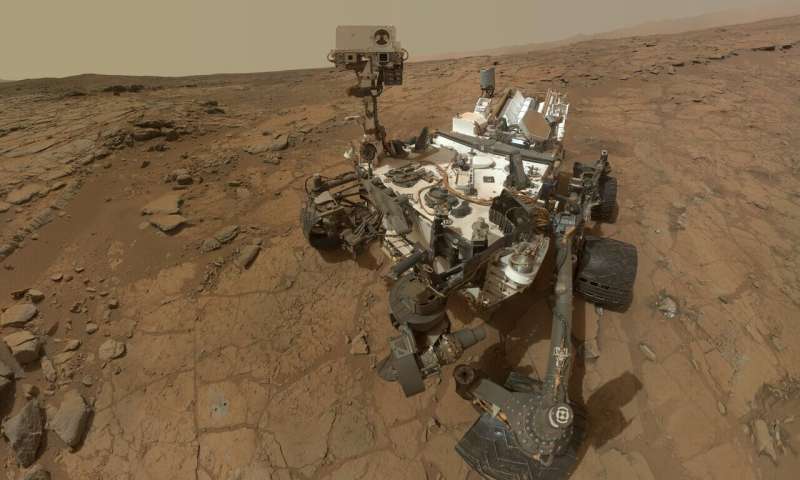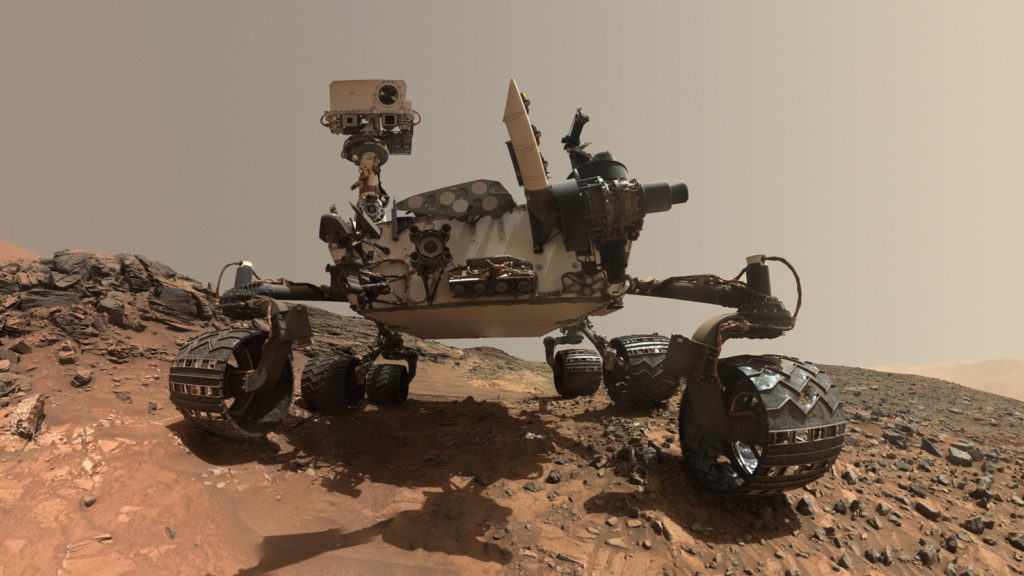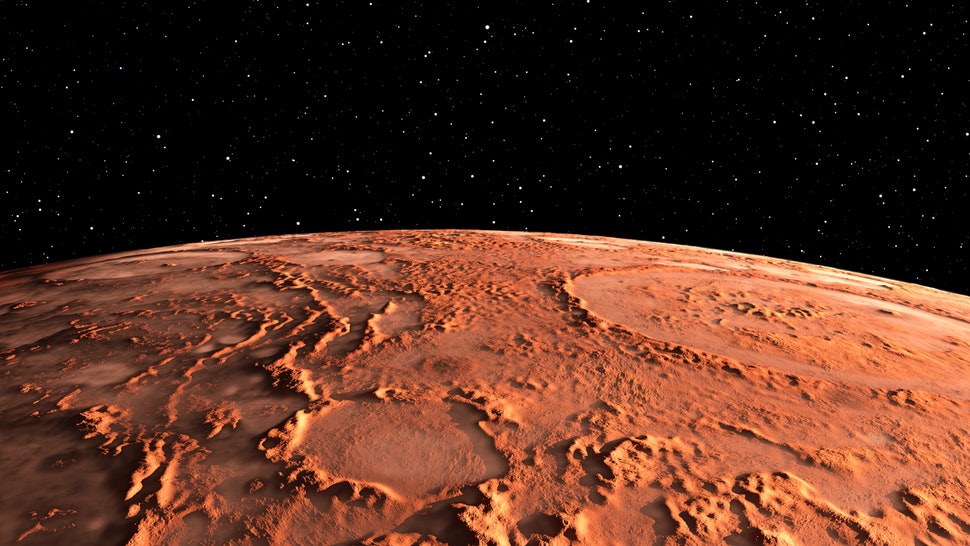According to the new study, results of which were published in a paper in the Journal of Geophysical Research: Planets, Oxygen behaves in a mysterious way on Mars. NASA found that Oxygen levels throughout spring and summer rose by as much as 30 per cent, according to the study.
NASA in its press statement notes that this pattern repeated each spring, though the amount of oxygen added to the atmosphere varied. According to their conclusions, some specific conditions or processes on Mars were likely producing Oxygen and then taking it away.
According to data from the Sample Analysis at Mars (SAM) portable chemistry lab, which is inside the belly of the Curiosity rover, 95 per cent of the Martian atmosphere is carbon dioxide by volume. The rest of the gases are: 2.6 per cent molecular nitrogen, 1.9 per cent argon (Ar), 0.16 per cent molecular oxygen (O2), and 0.06 per cent carbon monoxide (CO). Oxygen, which is needed to breathe by most beings on Earth is barely present on Mars.



Mars experts have tried to explain the rise and fall in levels of oxygen on the red planet. The possibility that CO2 or water (H2O) molecules could have released oxygen when they broke apart in the atmosphere was considered. But it was concluded that five times more water above Mars would be needed to produce the extra oxygen.
Further, CO2 breaks up too slowly to generate it over such a short time, according to NASA. Scientists are still struggling to explain this phenomena of why Oxygen is rising and falling on the planet. “The fact that the oxygen behaviour isn’t perfectly repeatable every season makes us think that it’s not an issue that has to do with atmospheric dynamics. It has to be some chemical source and sink that we can’t yet account for,” Melissa Trainer, a planetary scientist at NASA’s Goddard Space Flight Center in Greenbelt, Maryland who led this research said.
Similar to Oxygen, another gas which has seasonal rise and fall on the Gale crater is Methane. The Mars Curiosity rover’s instrument revealed that while methane rises and falls seasonally, it increases in abundance by about 60% in summer months for inexplicable reasons. This is another mystery scientists are yet to solve.
NASA points out that both Oxygen and methane can be produced both biologically (from microbes, for instance) and abiotically (from chemistry related to water and rocks). NASA says the SAM team will continue to measure atmospheric gases so scientists can gather more detailed data throughout each season.